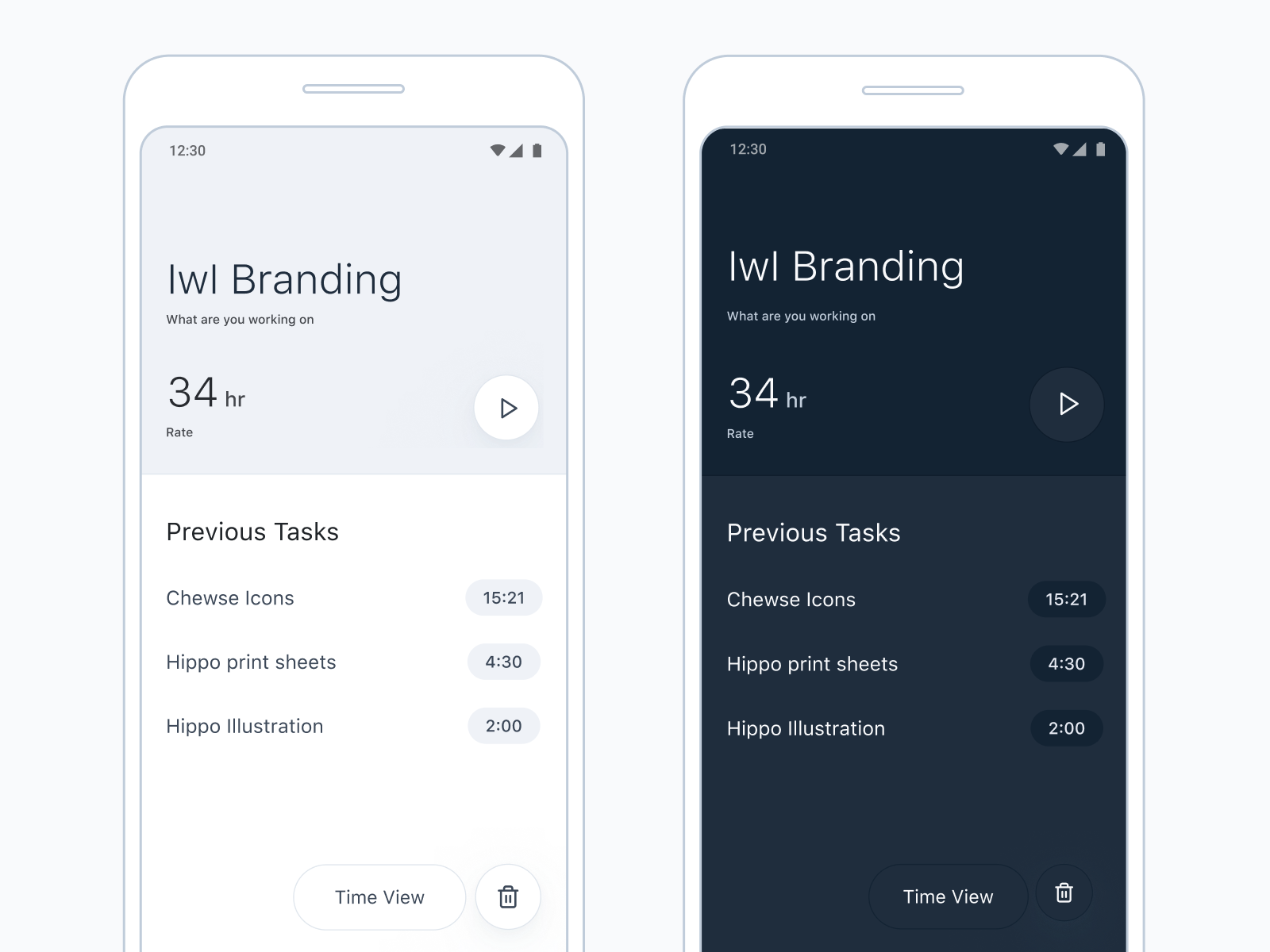Punch Clock is a simple time tracker that is hyper-focused on two core features recording time and calculating an hourly wage. That’s it, no extra features, no hidden cost, no login required.

In my experience, time trackers, are full of features. CRM, invoicing, graphs, and charts. While these are useful features they result in a cluttered and stressful experience. While you can make the argument that if I didn’t need the features I could just ignore them. The one thing I couldn’t ignore was the effects on laptops’ battery life.
Most time trackers like hellobonsai, toggl, and Harvest have a thing called the active timer. The active timer is a real tracker of how long you have been working for usually by the second. Because it is real time and updating every second it means your computer is constantly updating the timer and rerendering the interface every second which is killing your battery life.
Punchclock gets around this by acting like an old school punchclock system. By only recording your start time and end time than doing the math between them to get you total work time than updating the interface instead of running 3 functions per second.
Design & Iterations
First, I researched other competitors to differentiate Punch Clock and create something brand new and unique. I didn’t try to copy what was already done; the goal was to understand what works and what’s useless.
As a result, I removed clutter features such as the seconds counter and charts. In their place, I added context-sensitive input fields to clearly define when the app was tracking.
Final Design
I knew from the beginning that I wanted to make the Punch Clock interface straightforward and as minimal as possible. It went through three major design changes before landing on the final design.
 Final Design
Final Design
 Light & Dark Mode
Light & Dark Mode
Development
Punch Clock pushed my development skills to a new level. While I am used to prototyping user interfaces in HTML and CSS I rarely use JavaScript.
The two biggest achievements were the ability to save and read data to the user’s computer which eliminated the need for a backend or user accounts – and the battery saving feature. The app functions just like a regular punch clock recording a clock-in and a clock-out and subtracting the difference hence the name of the app.
 The first draft was visually unappealing, with unnecessary elements like the end time and arrow.
The first draft was visually unappealing, with unnecessary elements like the end time and arrow.
 This version improved upon the previous one by streamlining the interface, providing more information, and adding an hourly rate setting.
This version improved upon the previous one by streamlining the interface, providing more information, and adding an hourly rate setting.
 This iteration refined the design with a cleaner interface, minimizing colorful elements while incorporating subtle color cues to indicate user interactions.
This iteration refined the design with a cleaner interface, minimizing colorful elements while incorporating subtle color cues to indicate user interactions.